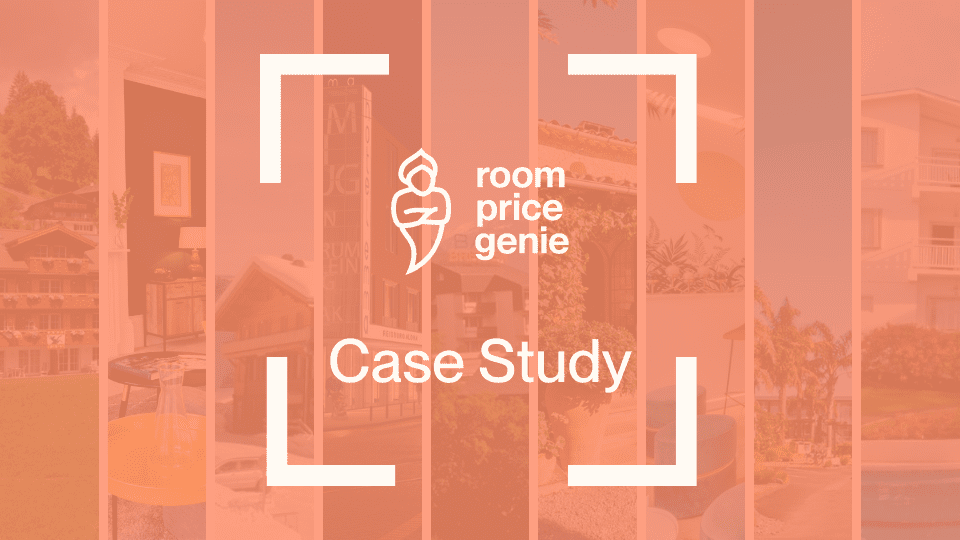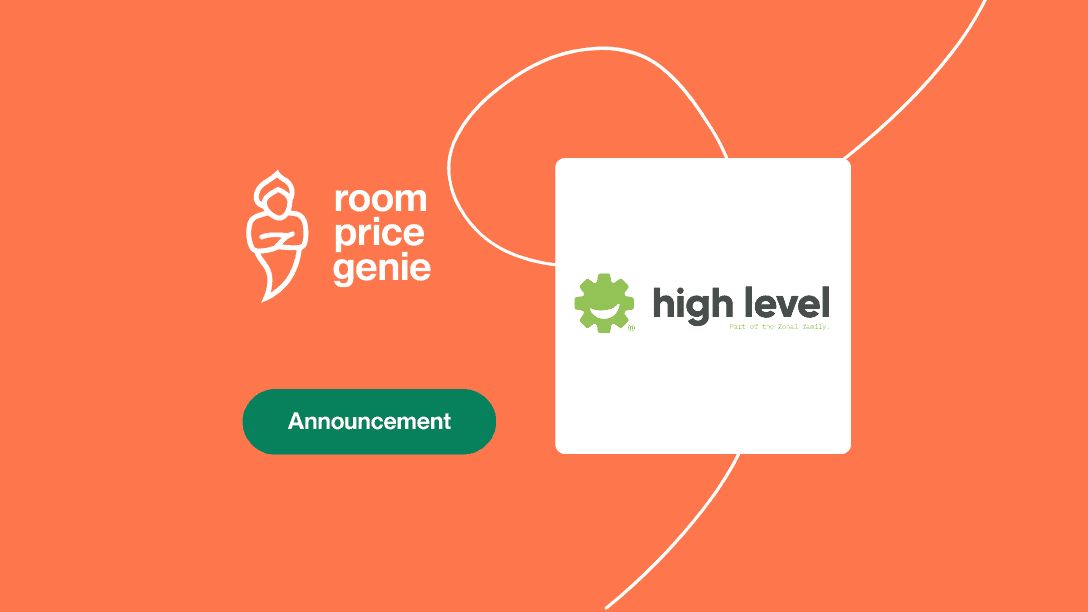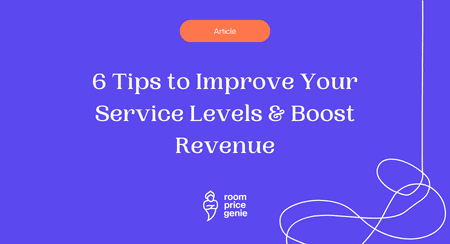When it comes to managing hotel revenue, it’s important to recognize that different travelers will pay different prices for the same room under different circumstances. Rather than offer the same price to everyone, then, hotels should strive to charge the right price to the right guest at the right time.
Here are some key pricing strategies to consider.
Dynamic Pricing
A big challenge with hotel pricing is the factors that affect demand can change frequently, up to several times a day. In the past, hotel pricing was relatively static. Room rates were established annually and rarely changed throughout the year. Today, most hotels practice some form of dynamic pricing, adjusting pricing frequently in response to changes in internal demand, market demand, and competitor pricing.
Competitive Pricing
Many hotels price rooms relative to their competitors, identifying a set amount or percentage differential they wish to remain above or below a competitor. When the competitor’s rates change, the hotel adjusts its own rates to maintain the differential.
While it’s important to price competitively, blindly following competitors can be a risky strategy. Your competitors may not be following smart strategies, and their pricing objectives and internal demand may differ from yours. You therefore risk mispricing your rooms and missing out on booking opportunities.
Keep an eye on competitor pricing, but pursue your own strategies based on your objectives, property strengths, and internal demand. For example, if your hotel is almost sold out and your competitor lowers rates, you may decide to do the opposite.
Pricing by Room Category
Most hotels offer several room categories at different price points, providing guests with an array of choices. Some guests may want the cheapest room, others may be willing to pay more for a larger room or a better view, and the occasional guest will want the best room in the house.
Pricing Tips to Consider
- If your inventory allows, create several room categories – but not too many, or you may confuse guests and create operational challenges.
- In addition to charging premiums for extra space and better views, charge for other popular features like a preferred bed configuration, fireplace, sitting area, balcony, large workspace, or kitchen.
- When demand is low or price sensitivity is high, oversell entry-level rooms to capture more bookings and then upgrade guests to balance out the inventory.
- When demand is high or price sensitivity is low, close out entry-level rooms once they are sold out to boost sales of premium rooms.
- If your entry-level room often sells out but premium rooms sit empty or are upgraded, try reducing pricing differentials between categories.
- When inventory allows, offer guests the opportunity to upgrade their room at a special reduced rate prior to arrival or upon check-in.
- When pricing rooms relative to competitors, be sure to compare similar categories.
Pricing by Booking Pattern
Pricing and stay restrictions can be an effective way to encourage desirable booking patterns and discourage undesirable booking patterns.
Bookings patterns include:
- Stay patterns – The days of week guests arrive, stay, and depart.
- Booking windows or lead time – How far in advance guests book.
- Length of stay (LOS) – How many nights guests stay.
- Changes – How often guests change dates or cancel rooms.
Pricing Tips to Consider
- Offer discounts for non-refundable rates year-round to bring in guaranteed revenue and cut down on cancellations.
- Offer early-bird discounts to encourage advanced bookings on low-demand dates.
- Offer last-minute discounts to fill empty rooms – but not too often because guests may learn to wait until the last minute to book.
- Target long-stay guests with promotions such as “Stay four nights, pay for three.” Offer deeper discounts for extended stays such as seven days or 30 days.
- On busy nights, implement a minimum length of stay or closed to arrival restriction to boost occupancy on shoulder nights.
- Monitor changes in booking behavior, adjusting pricing and stay controls as needed to capture more revenue.
Discounts and Promotions
Promotions can be a great way to boost bookings during times of low demand. However, if your property is always on sale, guests will grow to expect low rates, and it will be harder to charge higher rates when things pick up. It can also lead to price wars with competitors. It’s therefore best to offer discounts only when you need to.
Pricing Tips to Consider
- According to Expedia, the most appealing deals for travelers are complimentary add-ons and discounts for booking in advance, last-minute, a package, or a longer stay.
- Rather than give set discounts, offer a percentage off the base rate so that rates can flex up or down depending how busy you are.
- Don’t feel the need to discount all room categories; only discount the room types that need a boost.
- Offer value-adds instead of discounts to protect average rate. According to a survey from STR, traveler booking decisions are most influenced by free Wi-fi and free breakfast.
- Bundle services to encourage guests to spend more on property, such as a bed & breakfast package, dinner package, romance package, or spa package.
- Recognize loyalty and entice guests to stay more frequently with special discounts or perks such as a free upgrade, welcome amenity, early check-in, or late checkout.
- Display special offers as slashed-through pricing to show travelers how much they are saving.
- Be transparent. Don’t surprise guests with hidden fees.
- Keep in mind that lowering rates isn’t a fail-safe way to stimulate demand. If price sensitivity is low, you may be better off holding rates.
- Monitor pickup carefully and close promotions as soon as they are no longer needed.
As you can see, pricing hotel rooms strategically can be a complex and highly time-consuming undertaking. To make life easier, consider an automated pricing solution, which will manage pricing for you, factoring the above strategies and more into decisions to ensure you’re always priced where you need to be.
Want to learn more? Check out Hotel Pricing Strategies, A Guide for Independent Hotels.






